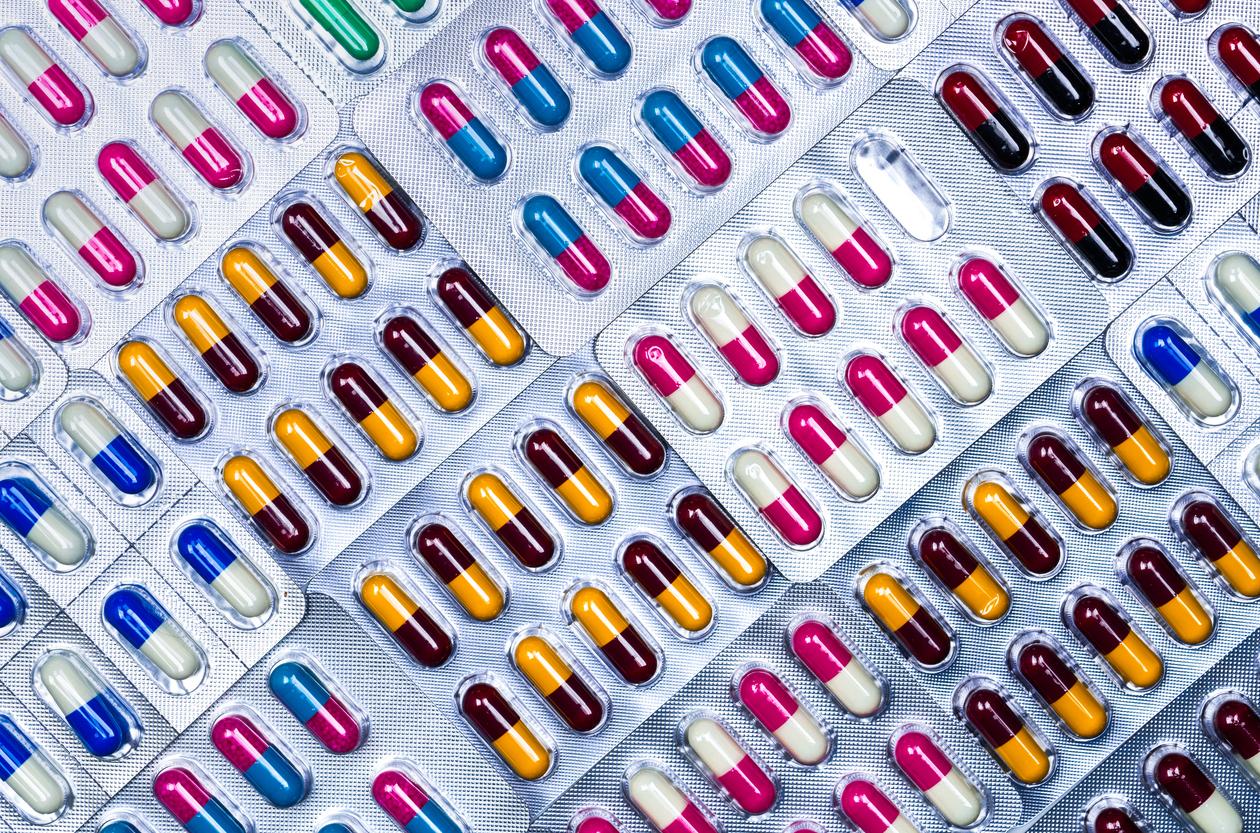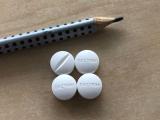A new report on global antibiotic use from the World Health Organization (WHO) suggests many countries are overusing antibiotics that are more likely to promote resistance.
The findings are from an analysis of 2022 data from the Global Antimicrobial Resistance Use and Surveillance System (GLASS), which seeks to standardize the collection and sharing of antimicrobial resistance (AMR) and antimicrobial use (AMU) surveillance data across the globe. One of the aims of GLASS is to monitor how countries are using antibiotics and to help move them toward more appropriate use.
"The data on antimicrobial use is to identify the problematic areas, inform and design interventions, and assess their impact," WHO technical officer Verica Ivanovska, PhD, MPH, said in a webinar held to review the findings.
The AMU data were analyzed using the WHO's AWaRe (Access, Watch, and Reserve) classification system, a framework developed by the WHO in 2017 to guide responsible antibiotic prescribing, curb development of resistance, and ensure that antibiotics remain effective and available when needed.
Most countries fail to meet Access target
Overall, among the 60 countries, territories or areas (CTAs) that provided data for 2022, a total of 16.6 billion defined daily doses (DDD) of antibiotics were consumed. The median total AMU was 18.3 DDD per 1,000 inhabitants per day (DID), with higher use observed in countries in the Southeast Asian (26.6 DID) and Eastern Mediterranean (23.0 DID) regions and in low- and middle-income countries (LMICs; 25.5 DID). There was nearly a ninefold difference in the countries with the lowest AMU (Oman, 7.7 DID) and the highest (Iran, 67.7 DID).
Of the 16.6 billion DDD in 2022, only 52% were Access antibiotics, which are the drugs recommended as first- and second-line options for common bacterial infections. The political declaration that emerged from the 2024 United Nations High-Level Meeting on AMR called for countries to commit to ensuring that Access antibiotics would account for 70% of total antibiotic use by 2030. Only 19 (31.7%) of the 60 CTAs hit that target, while only 35 (58%) of CTAs hit the 2023 Access target of 60%.
Reaching the 70% Access antibiotics target is considered critical for efforts to address AMR, because Access antibiotics are safe, are inexpensive, can treat the most common bacterial infections, and have a narrow spectrum of activity, which means they have a lower risk of promoting resistance.
The data on antimicrobial use is to identify the problematic areas, inform and design interventions, and assess their impact.
Of the other antibiotics analyzed, 45.3% belonged to the Watch category, which includes broader-spectrum, more expensive antibiotics that are recommended for patients with more severe infections. Median use of Watch antibiotics was 33%, but it exceeded 45% in 45 CTAs and was higher than 70% in 18 CTAs. The data also indicated that countries with higher overall AMU used more Watch antibiotics.
While higher use of Watch antibiotics could be explained by a greater burden of severe infections and lack of diagnostic tools in some countries, WHO officials are concerned that it could also be an indication of inappropriate antibiotic use and a need for more antibiotic stewardship.
"Countries need to implement stewardship policies so that prescribers default to using Access instead of Watch antibiotics whenever possible and avoid unnecessary use of antibiotics in the first place," the WHO said in a news release. "WHO will work closely with partners, including the World Medical Association, the international organization representing physicians, who have a crucial role in taking forward this report’s next steps, particularly those relating to responsible prescribing."
Limited access to Reserve antibiotics
Among the 52 CTAs that reported use of Reserve antibiotics, which are last-resort drugs intended for multidrug-resistant infections, median use was 0.2%. Of the eight CTAs that reported no use of antibiotics from the Reserve group, six were LMICs and two were low-income, which possibly indicates that they had no access to these drugs. Limited access to certain antibiotics, particularly in LMICs, was another topic highlighted at last year's UN meeting on AMR.
The WHO said it is working with partners, including the Global Antibiotic Research and Development Partnership, to develop a framework to improve antibiotic access in countries with limited resources.
Countries need to implement stewardship policies so that prescribers default to using Access instead of Watch antibiotics whenever possible and avoid unnecessary use of antibiotics in the first place.
The report also notes that, while participation in GLASS-AMU has risen steadily, with 90 countries enrolled by the end of 2023, it's still below 50%, and participation is skewed toward high-income and European countries.
"The lack of data from large parts of the world highlights the need for continued political commitment and financial, technical and human resources support to scale up national surveillance of AMU, especially in LMIC," the report states.
"We still have a number of blind spots in the GLASS-AMU system," said Yvan Hutin, MD, PhD, WHO technical officer. Hutin said the WHO will continue to work with countries to help them build surveillance systems to collect high-quality AMU data.
























